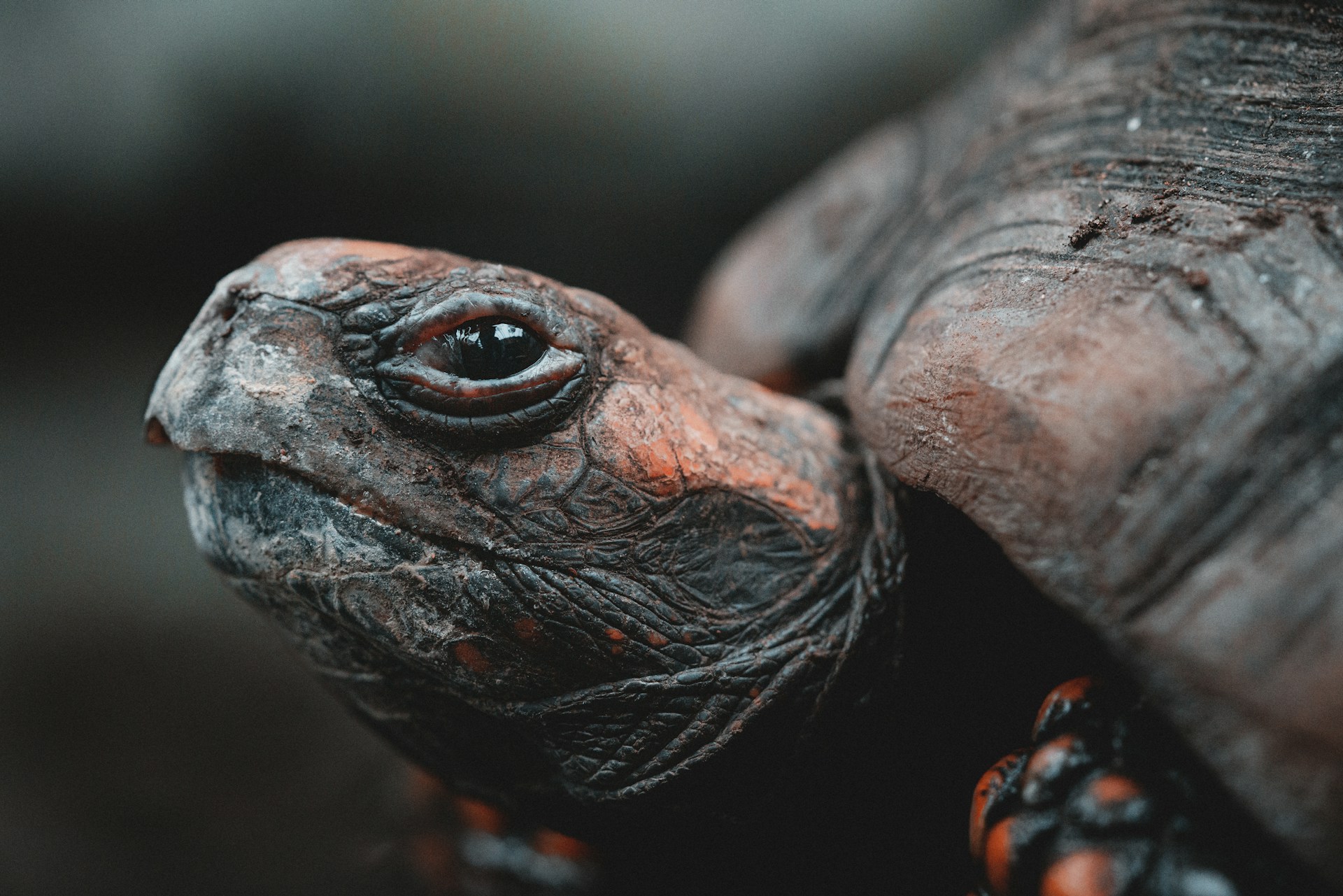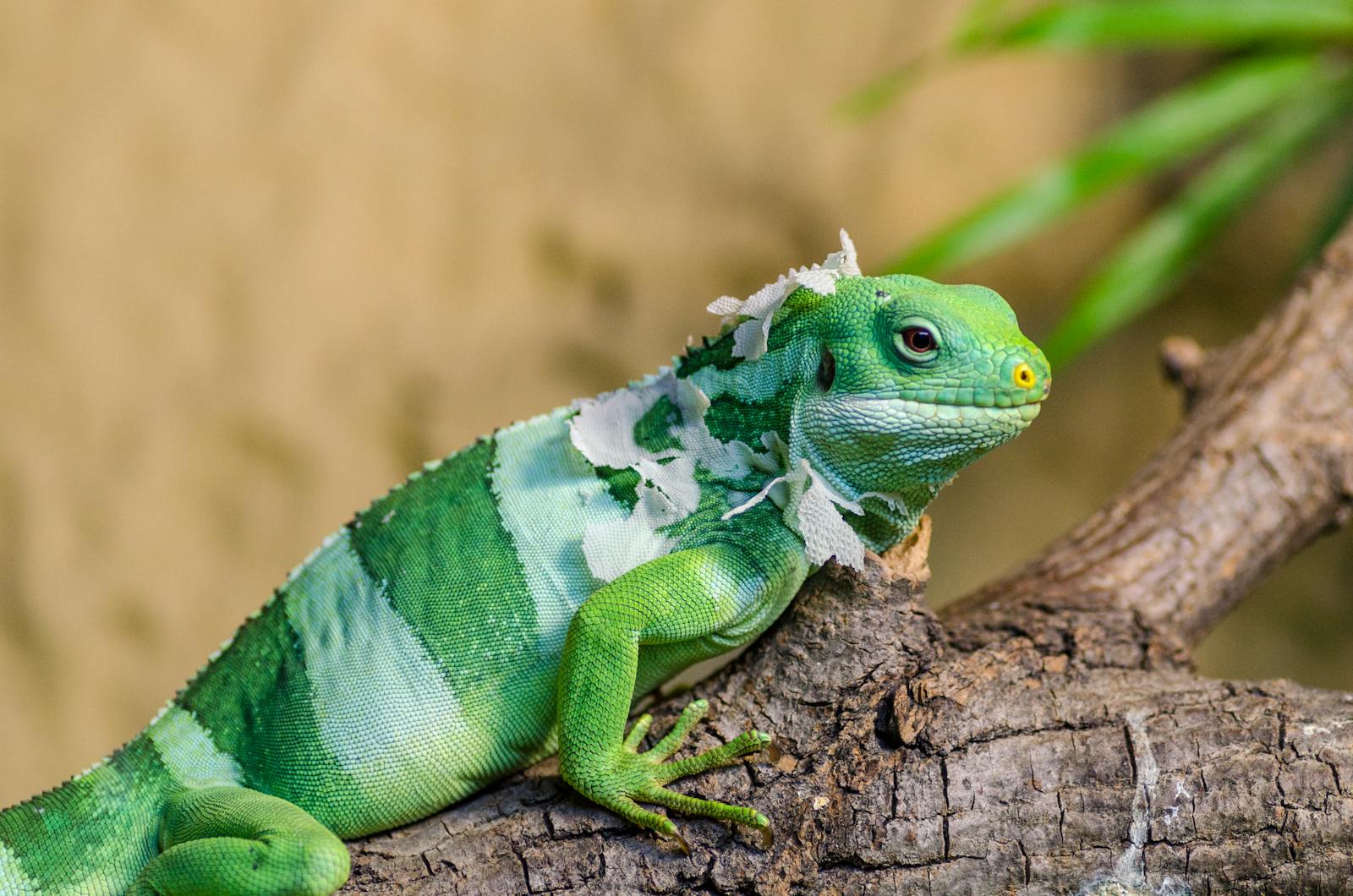Turtles have long been misunderstood as simple, unresponsive creatures with minimal cognitive abilities. However, recent scientific research and countless anecdotal reports from devoted turtle owners tell a different story. Many turtle enthusiasts have observed their shelled companions responding to their presence, swimming to the front of the tank when they enter the room, or even allowing handling from specific people while retreating from strangers. This recognition ability varies significantly across turtle species and individuals, raising fascinating questions about reptilian intelligence, sensory perception, and the complex relationship between turtles and their human caretakers. As we explore this surprising capacity for recognition, we’ll discover that our turtle friends may be far more perceptive and socially aware than previously believed.
The Science Behind Turtle Recognition

While turtles don’t possess the same neural structures that mammals use for complex social recognition, they do have sophisticated sensory systems and learning capabilities. Neurobiological studies have shown that the reptilian brain, including the turtle brain, contains structures capable of forming associations and memories. These cognitive abilities, though different from mammals, allow turtles to learn patterns and recognize stimuli that are important to their survival and well-being. Researchers have documented that the reptilian amygdala and hippocampus, brain regions involved in memory formation, show activity when turtles interact with familiar stimuli. This scientific evidence provides a neurological basis for understanding how turtles might learn to recognize specific humans who regularly feed and care for them.
Visual Recognition Capabilities

Turtles possess surprisingly good vision, with many species able to see color and distinguish between different shapes and patterns. This visual acuity allows them to potentially recognize their owners based on distinctive visual features such as height, build, hair color, or even specific clothing items. Studies have demonstrated that some turtle species can differentiate between familiar and unfamiliar human faces when consistently exposed to the same caregivers. Red-eared sliders, one of the most common pet turtle species, have been observed following the movements of their owners around the room, suggesting visual tracking and recognition. This visual recognition may be enhanced when paired with positive experiences, creating a visual association between specific human appearances and rewarding outcomes like feeding.
Scent Recognition in Turtles

Olfactory recognition plays a significant role in how turtles perceive and interact with their environment, including their human caretakers. Turtles possess a vomeronasal organ (also called Jacobson’s organ) that allows them to detect and process chemical information much like snakes and other reptiles. This specialized olfactory system enables turtles to recognize individual humans based on their unique scent profiles, which include natural body odors, soaps, perfumes, and other personal care products. Consistent exposure to an owner’s scent, particularly during positive interactions like feeding, can create strong olfactory memories. Long-term turtle owners often report that their pets respond differently to their scent compared to strangers, sometimes becoming more active or approaching areas of their enclosure where they detect familiar human scents.
Auditory Recognition and Response

Despite the common misconception that turtles are deaf, these reptiles possess functional hearing abilities, especially for low-frequency sounds. Many turtles can detect the specific vibration patterns and tones of their owner’s voice, particularly when it’s associated with feeding time or other positive experiences. Research has shown that aquatic turtles are particularly sensitive to vibrations in water, allowing them to potentially recognize the unique movement patterns and sounds their owners make when approaching their tanks. Some turtle owners report success in training their pets to respond to specific verbal cues or their name, demonstrating a form of auditory recognition. With consistent interaction, turtles may learn to associate certain vocal tones or patterns with particular outcomes, creating a conditioned response that resembles recognition.
Pattern Recognition and Routine Learning
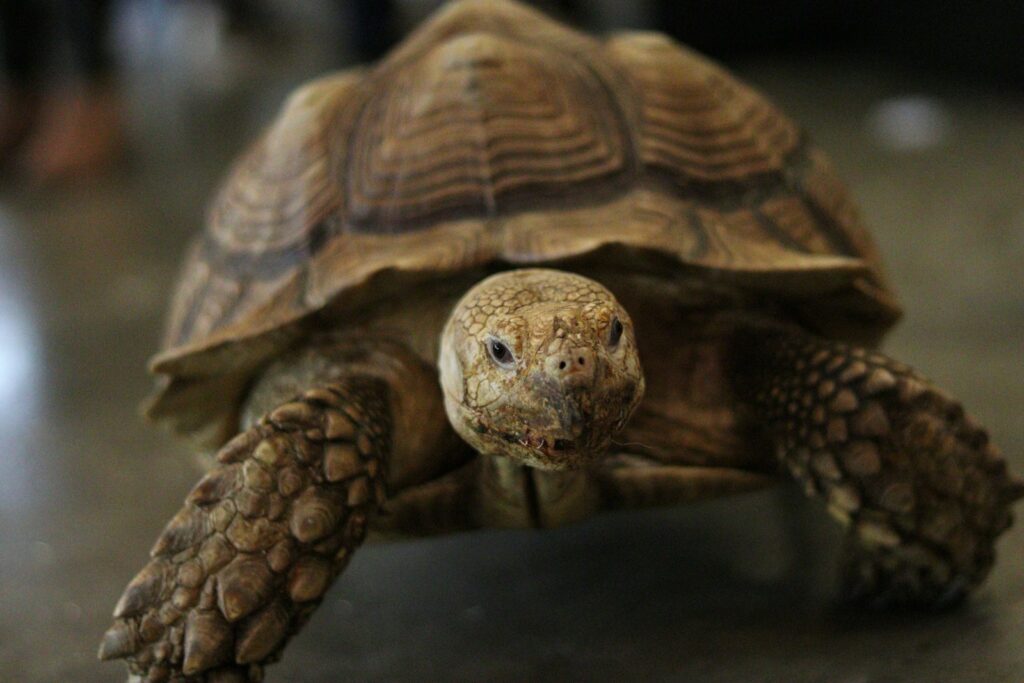
Turtles display remarkable abilities to recognize and anticipate routines, which can contribute to what appears to be owner recognition. Many turtle owners establish consistent feeding schedules, cleaning routines, and interaction patterns that their turtles learn to anticipate. This temporal awareness allows turtles to associate specific times of day with the appearance of their caretaker, creating expectant behaviors like swimming to the feeding area or becoming more active. The repetition of these routines creates strong neural pathways in the turtle’s brain, allowing them to predict when their owner will appear and what interactions will follow. Disruptions to these established patterns often result in confused or altered behavior, further demonstrating the turtle’s awareness and expectation of specific human interactions.
Species Differences in Recognition Abilities
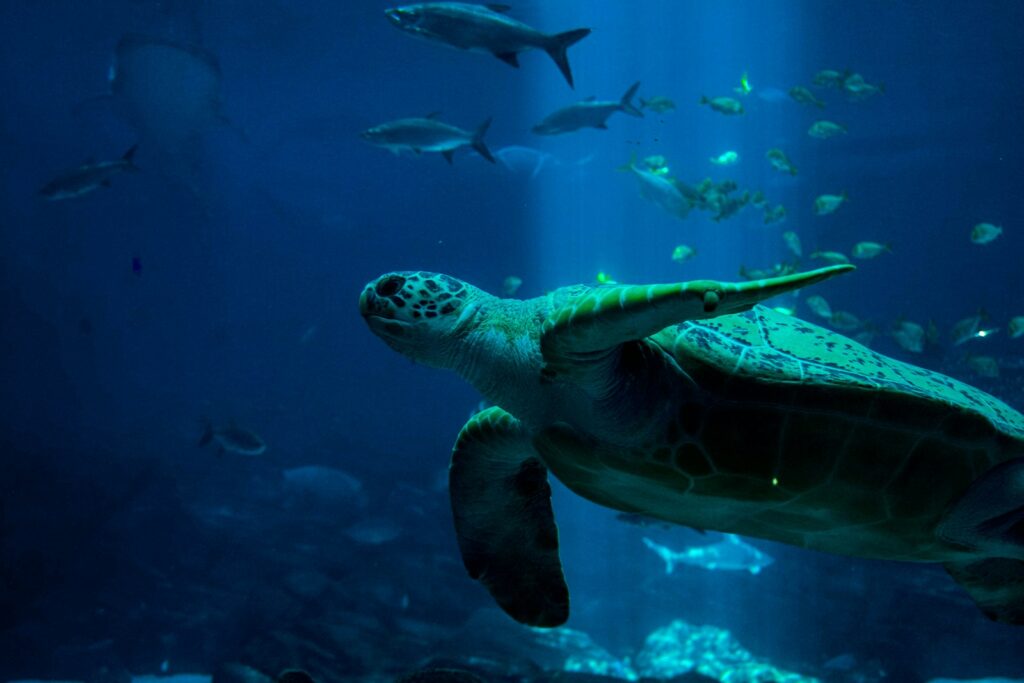
Not all turtle species display the same capacity for owner recognition, with significant variations observed across different taxonomic groups. Box turtles and red-eared sliders, popular as pets, frequently demonstrate strong recognition capabilities and can form clear associations with their caretakers over time. Larger species like sulcata tortoises and red-footed tortoises are known for their relatively higher intelligence among chelonians and often show distinct recognition behaviors toward their regular caretakers. In contrast, more aquatic species such as musk turtles or snapping turtles may demonstrate less obvious recognition behaviors, though they still often respond differently to their primary caretakers versus strangers. These differences likely relate to the varied ecological niches, social structures, and evolutionary pressures that shaped each species’ cognitive development.
The Role of Positive Associations
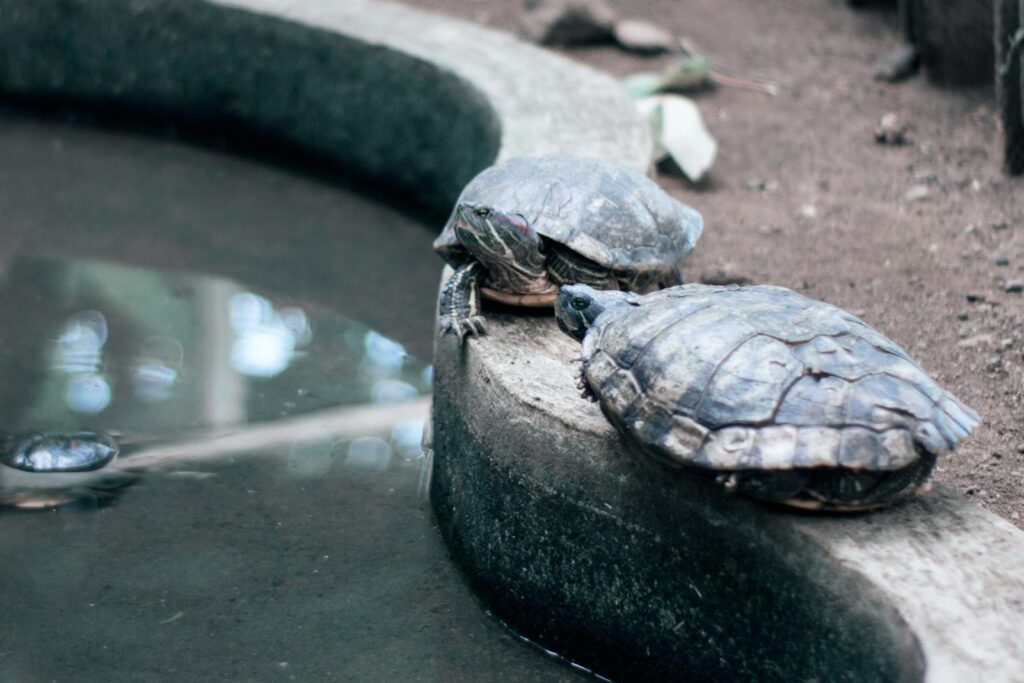
The foundation of a turtle’s ability to recognize its owner often stems from positive associations formed through repeated beneficial interactions. When an owner consistently provides food, maintains proper habitat conditions, and handles the turtle gently, the reptile begins to associate that specific human with positive outcomes. This classical conditioning process creates a powerful incentive for the turtle to pay attention to and differentiate its owner from other humans. Long-term turtle owners frequently report that their pets show recognition behaviors like approaching, extending their neck, or becoming more active specifically when they appear, but not for strangers or less familiar household members. These positive associations can strengthen over years or even decades, potentially creating deeper recognition capabilities in long-lived turtle species.
Observable Recognition Behaviors
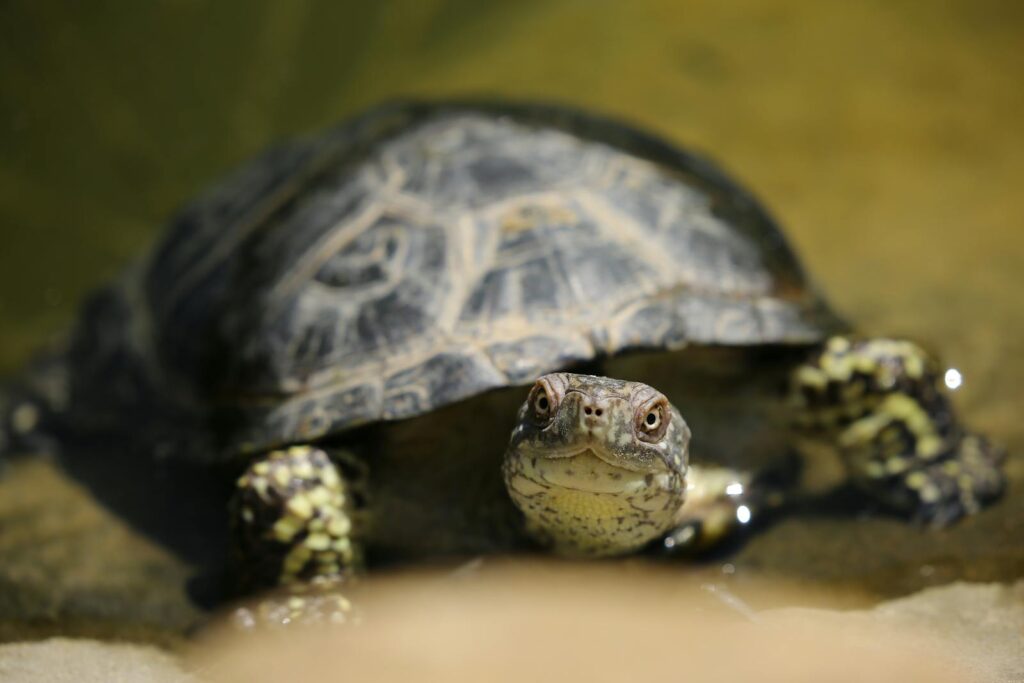
Turtle owners often cite specific behaviors that suggest their pet recognizes them as distinct from other humans. Common indicators include swimming to the front of the tank when the owner enters the room, extending the neck for interaction, accepting handling without resistance, and showing excitement during feeding time specifically when the primary caretaker is present. Some turtles demonstrate preferential behavior, allowing their owner to pet or handle them while retreating or hiding from unfamiliar people. Particularly expressive turtles may paddle their front legs rapidly (a behavior sometimes called the “food dance”) when they recognize their owner approaching with food. These consistent behavioral differences in response to owners versus strangers provide compelling evidence for some form of recognition ability in many turtle species.
The Intelligence Factor in Recognition
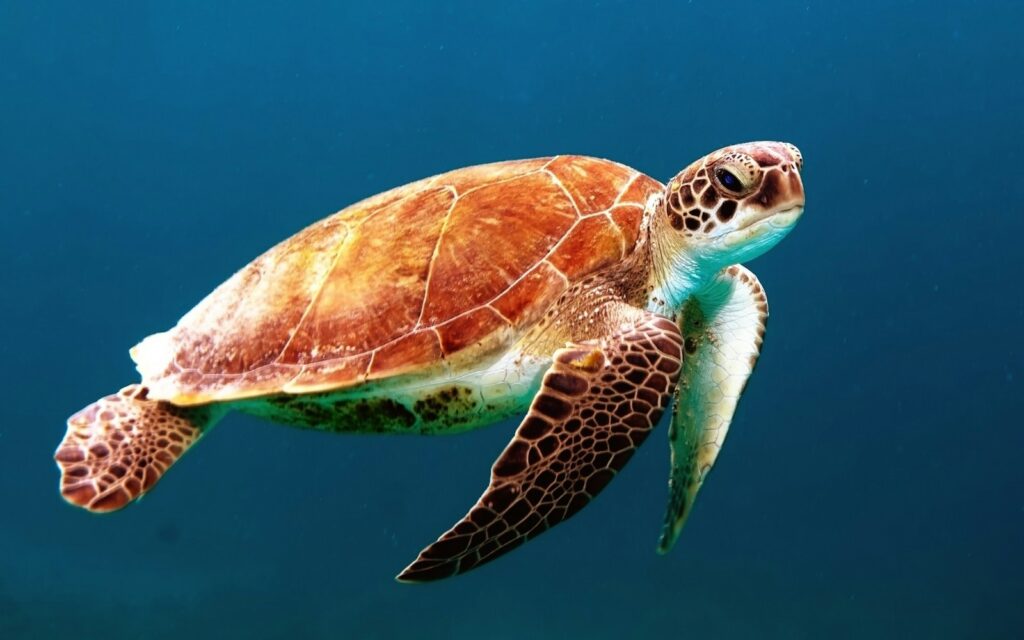
Recent scientific research has revealed that turtle intelligence has been significantly underestimated, with cognitive abilities that support their capacity for owner recognition. Maze experiments have demonstrated that many turtle species can learn and remember spatial information, suggesting neural mechanisms capable of forming and retaining memories. Problem-solving studies show that some turtles can learn to navigate obstacles and operate simple mechanisms to access food rewards, indicating advanced cognitive processing. These intelligence indicators support the notion that turtles possess the necessary cognitive architecture to distinguish between different humans and form associations with specific individuals. The cognitive abilities of turtles, while different from mammals, are sophisticated enough to support the kind of pattern recognition and association learning required for identifying regular caretakers.
Building Recognition Through Consistent Interaction
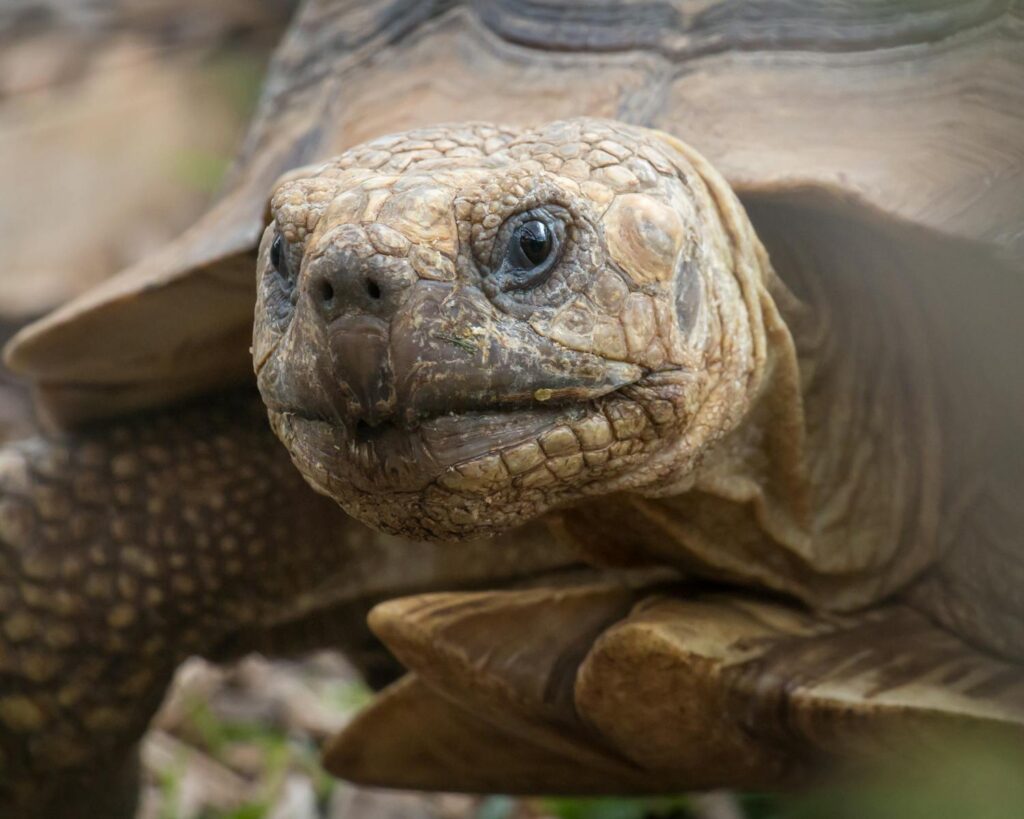
Developing recognition with a pet turtle requires patience, consistency, and regular positive interactions over extended periods. Successful turtle owners typically establish and maintain consistent feeding schedules, handling routines, and interaction patterns that allow their pets to form reliable associations. Speaking in a consistent tone while approaching and feeding the turtle helps establish auditory recognition patterns that the reptile can learn to identify. Wearing distinctive colors or maintaining a consistent appearance during interactions may enhance the turtle’s ability to visually recognize its primary caretaker. Hand-feeding practices, when appropriate for the species, can create particularly strong recognition bonds as they combine multiple sensory experiences (visual, olfactory, and tactile) with the powerful positive reinforcement of food.
Recognition vs. True Emotional Bonding

While turtles can clearly recognize their owners, the nature of this recognition differs from the emotional bonds formed by mammals like dogs or cats. Reptilian brains lack the neocortex structures responsible for complex emotions and social bonding in mammals, suggesting a more pragmatic basis for their recognition behaviors. The turtle’s recognition of its owner likely represents an association between the human and positive outcomes like food, safety, and appropriate environmental conditions rather than emotional attachment. Nevertheless, many long-term turtle owners report behaviors that seem to transcend mere conditioning, such as seeking out interaction even when not hungry or displaying preferences for specific human company. These observations suggest that while the turtle’s experience differs from mammalian pets, their capacity for recognition may include some form of preference or comfort that resembles simpler forms of bonding.
The Evolutionary Perspective on Recognition
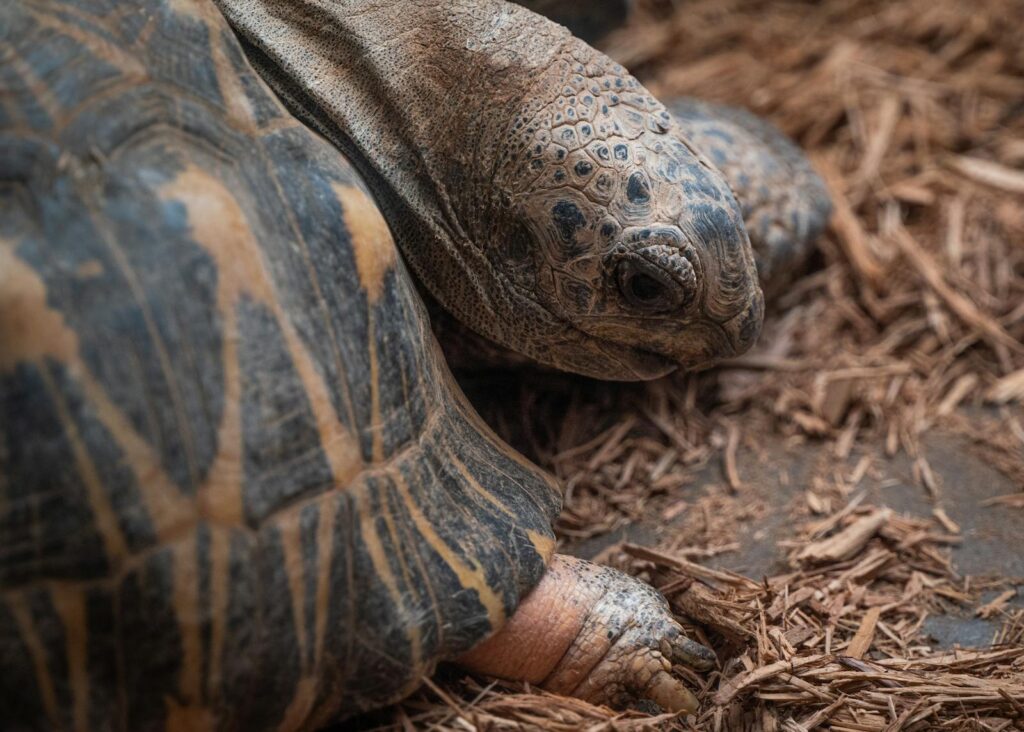
From an evolutionary standpoint, the ability to recognize beneficial relationships would provide clear survival advantages for turtles in their natural environment. Wild turtles that could identify and remember non-threatening individuals would conserve energy by avoiding unnecessary defensive responses or retreating behaviors. Some turtle species form symbiotic relationships with other animals in nature, such as allowing birds to remove parasites, demonstrating an evolutionary precedent for recognizing and tolerating specific beneficial organisms. This natural capacity for recognition and discrimination likely provides the biological foundation that allows captive turtles to distinguish their caretakers from other humans. The long evolutionary history of turtles—spanning over 200 million years—has provided ample time for the development of sophisticated environmental assessment abilities that now manifest as owner recognition in captivity.
Common Misconceptions About Turtle Recognition

Despite growing evidence of recognition abilities in turtles, several misconceptions persist among both pet owners and the general public. One common misunderstanding is that all turtle behavior toward owners represents genuine recognition, when some responses may simply be reactions to movement, shadows, or the anticipation of food regardless of who provides it. Another misconception is the belief that turtles either possess mammal-like emotional attachments or, conversely, are entirely incapable of any form of recognition—when the reality lies somewhere in between these extremes. Some turtle owners mistakenly interpret natural behaviors, such as basking or swimming patterns, as specific responses to their presence when these actions may be unrelated to human interaction. Understanding the actual mechanisms and limitations of turtle recognition allows for more realistic expectations and better interpretation of pet turtle behavior.
Conclusion

The evidence strongly suggests that many turtle species can indeed recognize their owners through a combination of visual identification, scent recognition, response to familiar sounds, and association with positive experiences like feeding. While this recognition differs from the emotional bonds formed by mammals, it represents a sophisticated cognitive ability that challenges outdated notions about reptilian intelligence. For turtle enthusiasts, this recognition capacity creates opportunities for meaningful interaction and relationship-building with their shelled companions. As we continue to study and understand these fascinating creatures, we discover that the quiet, observant turtle watching from its tank or enclosure perceives and processes far more about us than we previously imagined. Their ability to recognize those who care for them reminds us that the connections between humans and animals span the entire animal kingdom, appearing in sometimes surprising and always fascinating ways.


